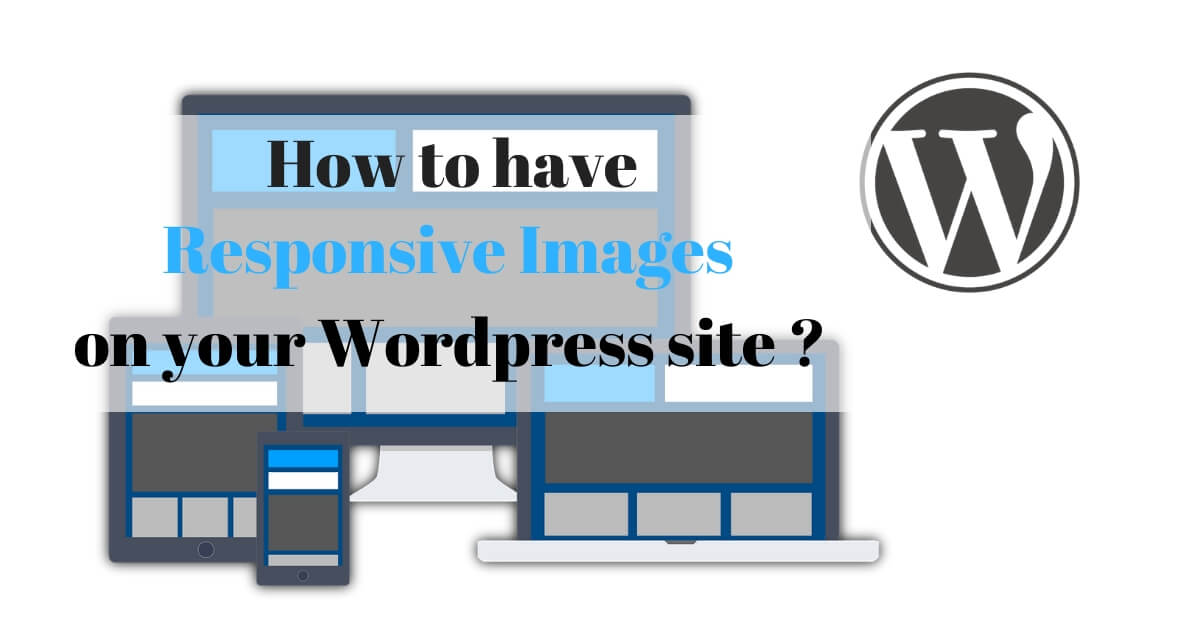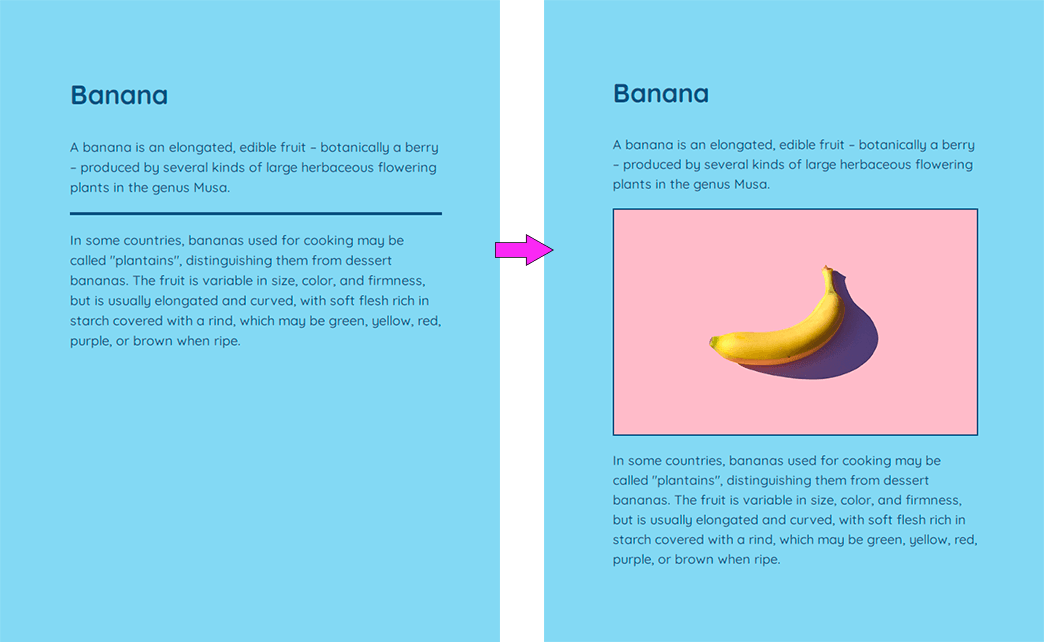
By implementing responsive images it is possible to improve page speed and reduce bandwidth for a more enjoyable online viewing experience.There are a number of ways to enable responsive behavior of images. Responsive images are more important than ever due to the enormous variety of device screen sizes and internet connection speeds users have today.
Multiple image size converter srcset code#
Here is sample code for displaying the best image format supported by the browser. Lastly, it is followed by a fallback image for unsupported browsers.įor changing the proportions of an image on smaller screens followed by increasing resolution on high density screens, here is sample code. Each contains a media attribute for declaring the media query breakpoint, srcset for the set of source images available under that condition, and sizes for declaring the rendered width of the image on the page. Inside the element, each condition is grouped into a unique element. Another example would be to display the best image format that is compatible with the browser (i.e. This is useful in situations where cropping an image on smaller screens to direct focus towards the image’s subject is important. That is to say, rather than changing only the resolution of an image, the proportions, content, or format of the image will also change based upon the screen size. The element is used in cases where art direction is important for the image.

The sizes attribute works like sizes="(), (), etc., " and should look similar to the example below. Each media query breakpoint and associated image width are separated by a comma with the default image width last. The sizes attribute accepts px (pixel), em (relative element), vw (viewport width), % (percent), and calc (calculation) values for the image width. Next, add the sizes attribute after srcset to tell the browser what the rendered size of the image should be on the page at a specific screen sizes. įor image width, declare each source image’s width with a w for the pixel width instead of pixel density. The code works like srcset=", , etc." and should look similar to the code below. Then each source image and corresponding pixel density or width value is separated with a comma.įor pixel density, we use the 1x, 2x, 3x nomenclature after the source image for declaring the screen resolution condition at which each image should be downloaded by the browser. Each source image is followed by either the desired pixel density or the image’s width. Next, add the srcset attribute to let compatible browsers know that there are alternative source images available. It is good practice to also include alternate text with the alt attribute for accessibility which describes the content of the image for the disabled.

This will contain a source image in the src attribute that is used as a fallback image for older browsers that don’t support the srcset attribute. Then the browser can use the srcset and sizes attributes to determine the best source image to download. A breakpoint is a media query condition under which the content of the site will change to provide the viewer with the best possible layout. The sizes attribute declares the width of the rendered image on the page at specific breakpoints. The srcset attribute declares the available source images along with the image’s specific width or resolution.

This is a perfect use case for the image srcset attribute which can be used alone or in conjunction with the sizes attribute. Most of the time, a website will only need to deliver a single image at different resolutions.
Multiple image size converter srcset how to#
Let us explore how to implement responsive images with scrset, sizes, and the element. There is even a fallback image for unsupported browsers which makes these approaches perfectly acceptable to begin implementing today. The image srcset and sizes attribute along with the element give developers the ability to deliver the right picture for the visitor’s screen size and resolution. Thankfully, there are now solutions available that a majority of browsers support.

How to handle inline images has been a big challenge in responsive web design and we wanted to integrate a solution into our upcoming redesign.


 0 kommentar(er)
0 kommentar(er)
